This article will review everything you will have to know about golden and green kiwifruits. From tastes, facts, benefits, looks, types, storing, freezing, qualities, and history to investments, season, and more. Kiwi is a dicotyledonous flowering plant in Khelangan and the genus kiwi. It was originally native to southern China and then introduced to New Zealand in the early 20th century, where it was grown commercially. But the name kiwi, derived from the name of the beautiful bird species that was the national bird in New Zealand, was given to this fruit in the sixties.
The fruit is ovoid to the size of a large egg (5-8 cm long and 4.5-5.5 cm wide), its skin is brown, and its flesh is light green. Kiwi can be seedlings and cuttings after about a week of growth. This method is one of the most common methods of planting kiwi seedlings worldwide, especially in China. China is one of the largest exporters of grafted seedlings of this fruit.
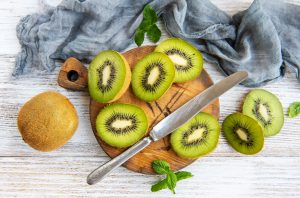
Nutritional value of kiwi
Kiwi is a good rich source of vitamin C and has a higher amount of vitamin C than oranges. Kiwi contains two times more vitamin C than oranges, six times more than sour lemons, and eight times more nutrients than apples. Black beans also have vitamin D. Kiwi contain vitamin A, B1, B2, B3, and other B vitamins. Kiwi is a very low-calorie fruit.
There are 47 calories in 100 grams of kiwi. And in terms of calories, apricots and tangerines. It has more potassium than bananas. It is also high in magnesium, which reduces the risk of some cancers and heart disease. It also contains copper, iron, and phosphorus. Kiwi is a fruit that has high nutrients and a very low percentage of calories, so it can be considered a beneficial fruit.
- Properties of kiwi for the treatment of insomnia:
If you roll over in your bed at night and find it difficult to fall asleep, eat two kiwis an hour before bed. Researchers believe that people who ate two kiwis for about 4 hours before bed took a big step towards improving their sleep quality. You can try too because it is possible to provide quality sleep with this simple technique and do not wake up constantly in the middle of the night. Eating kiwi at night also has several sound effects on your sleep:
- It improves sleep quality so that you wake up early in the morning.
- Reduces untimely awakenings during sleep.
- Creates a feeling of drowsiness at night.
- Increases sleep duration.
- Kiwi anti-cancer:
The extract of this fruit prevents skin cancer called melanoma. The lutein in this fruit prevents lung and prostate cancer. The carotenoid lutein in kiwi enhances vision by neutralizing the sun’s ultraviolet rays and neutralizing free retinal radicals.
- Kiwi is the antidote to cigarettes:
Smokers need more vitamin C because toxins kill vitamins, primarily free radicals in cigarette smoke. Therefore, smokers should consume about 40% more vitamin C. This amount is obtained by eating two kiwis.

- Properties of kiwi for stress treatment:
Stress and lack of sleep affect the human body. Anyone who does not want to suffer from this condition should eat four kiwis daily. Divide four kiwis throughout the day. For example, morning, “noon,” afternoon, and evening. Because the human body can not store vitamin C.
- Kiwi and treatment of allergies:
Following an unhealthy diet can lead to health problems. On the other hand, eating the right foods almost cures problems such as asthma and allergies. Just one kiwi a day can reduce the risk of allergic reactions. On the other hand, foods containing monosodium benzoate can also cause allergies. Italian studies show that monosodium benzoate causes allergy symptoms such as runny nose, stuffy nose, sneezing, and itchy nose in adults. Monosodium benzoate is a preservative often found in pickles, juices, olives, and salad dressings.
- Kiwi for fitness:
The fiber in kiwi is effective in preventing cardiovascular disease, controlling type 2 diabetes, and feeling full. If you are concerned about fitness, know that a kiwi can be a good snack because it satisfies you well and does not allow you to eat small things.
- Treatment of bloating:
Researchers have studied the effect of this fruit on digestion and concluded that kiwi contains an enzyme called actinidine, which helps digest animal proteins. Researchers concluded that the enzyme “actinidine” in kiwi causes Animal proteins to be digested faster. This enzyme digests proteins faster than other digestive enzymes. The researchers concluded that with the help of kiwi, you will no longer suffer from stomach heaviness and bloating after consuming dairy products, red meat, and fish.
The body is placed. There are various enzymatic activities inside the stomach that aid in digestion. When the stomach empties earlier, it reduces the discomfort of the stomach. That’s why eating fruits like kiwi as a dessert can help digest protein-rich foods. Researchers believe that a kiwi number can reduce the unpleasant feeling of bloating and stomach problems.
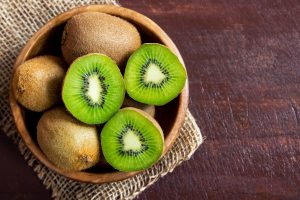
- A brief look at other properties of kiwi:
- If you have muscle and joint inflammation, eat kiwi regularly. Enzymes of this fruit are helpful for patients with arthritis, low back pain, pelvic pain, sciatica, and…
- It has 3 grams of fiber, which lowers cholesterol, prevents cancer, and helps control insulin.
- Prevents anemia by increasing iron absorption.
- If this fruit is eaten with strawberries, many antioxidants will reach the body.
- Has about 10% of the recommended daily potassium (about 300 mg).
- Kiwi is rich in vitamin C. The amount of this vitamin in kiwi is even higher than in oranges. Compared to an orange of the same size, it has more vitamin C.
- According to New Zealand researchers, this delicious fruit contains an effective enzyme that speeds up the digestion of meat, fish, and dairy products.
- Contains large amounts of folate, which protects the body against heart disease, cancer, etc., and is essential for the formation of oxygen-carrying hemoglobin.
- Prevent cough and sore throat, especially in children
- Prevent asthma: Carotenoids and flavonoids have been shown to protect DNA from oxygen-related damage.
- Regular consumption of kiwi reduces the risk of blood clots and stroke.
- Contains significant amounts of fat-soluble antioxidants (vitamins A and E) that are useful for fighting free radicals.
Tips on the nutritional value of kiwi skin
Vitamin E is one of the fat-soluble vitamins. The reason for the importance of this vitamin is its antioxidant properties, which is to reduce the destructive chemical factors that are caused by physiological and environmental stress in the body. Vegetable oils, nuts, and wheat germ are good sources of vitamin E. The critical point is that most of the vitamin E is found in the kiwi’s skin, so it is recommended to wash this fruit well and eat it with the skin. According to recent studies, kiwi is now considered a source of vitamin E and is involved in the prevention of various cancers.
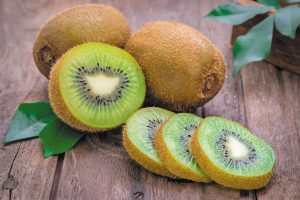
Disadvantages of kiwi
Kiwi contains a large amount of oxalate, which causes stones to form in the kidneys and gallbladder. For this reason, loads or individuals prone to kidney stones and gallstones are harmful. Note that eating kiwi can cause allergies in young children.
Tips on keeping kiwi
When buying this fruit, put it between your fingers, and if you feel “softness” under your hands due to slight pressure, do not buy it. This fruit can be stored at room temperature and stored for several days. Never put this fruit next to apples, pears, and potatoes, because these fruits emit a gas that causes the fruit to ripen too much. But if it is unripe, it can be placed next to the mentioned fruits to Accelerate the ripening process. Never pay attention to the size of the fruit and do not think that the larger fruit has more nutritional value.

Is kiwi fruit
Most of the people know that fruits and vegetables are good for the body, but many are unaware of the differences between the two foods. There are many differences between these foods in terms of structure, taste, and nutritional value. In this article from Limotap Magazine, we take a closer look at the differences between fruits and vegetables and their benefits and properties.
- Differences between fruits and vegetables
Fruits and vegetables are classified into two separate categories in terms of botany and cuisine. Botanically, fruits and vegetables are classified depending on which part of the plant they come from. According to this definition, the fruit grows from the plant’s flower. At the same time, other parts of the plant are classified as vegetables. Fruits have seeds, while vegetables can consist of roots, stems, and leaves.
From a culinary point of view, these foods are classified according to taste. Fruits generally have a sweet or tart-like taste and can be used in desserts, snacks, or blended juices. Instead, vegetables have a milder or more flavorful taste and are usually eaten as part of a meal or as a side dish.
- Fruits that are often mistaken for vegetables
You probably know very well what foods are considered fruits in cooking and which vegetables are considered. However, several plants are technically a fruit. However, because of their taste, they are often classified as vegetables. Tomatoes are the most well-known and controversial example of these foods. In 1893, the United States Supreme Court ruled that tomatoes should be classified as a vegetable, not a fruit, under U.S.
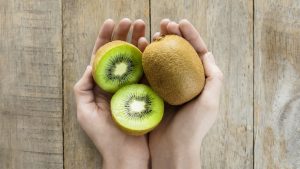
customs regulations. Botanically, tomatoes are more in line with the definition of fruit. However, due to their unique taste characteristics, they are still a member of the vegetable family. Some other common examples and fruits that are mistaken for vegetables are:
- Squash
- Avocado
- Cucumber
- Pepper
- Eggplant
- Oli—-v
- pumpkin
- Pea pods
- Zucchini
- Introducing vegetables that have a sweeter taste
Although there are many fruits that are mistakenly called vegetables, some vegetables are also fruits, and we make the same mistake about them. Some vegetables have a natural and sweeter taste and are similar to fruits used in various desserts, pies, and snacks. Sweet potato pie is a type of dessert that is part of traditional Thanksgiving dishes in the United States. Despite their sweet flavor, sweet potatoes are a kind of root vegetable, not a fruit. Likewise, some people think that yam jam, which contains yam (another type of edible root vegetable), is also made from fruit.
Other vegetables that have a sweeter natural taste are:
- Carrots
- Yellow turnip
- turnip
How do fruits and vegetables compare in terms of nutrients?
- Differences between fruits and vegetables
These foods have many similarities in terms of nutritional value. Both are rich in fiber, vitamins, minerals, antioxidants, and beneficial plant compounds. Fruits and vegetables are also naturally low in sodium and fat. As expected, fruits usually have more natural sugars and calories than most vegetables due to their sweet taste. For example, an apple cup contains 65 calories and 13 grams of sugar. At the same time, a cup of broccoli has only 31 calories and 2 grams of sugar.
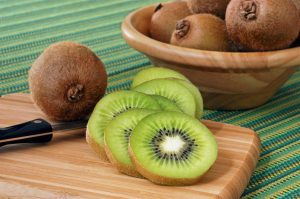
Compared to vegetables, some fruits may contain more fiber per gram. The fiber per 100 grams for fruit varies from 2 to 15 grams. While in the same amount of leafy vegetables are found about 1.2 to 4 grams of fiber. The amount of water in these two substances is also very variable. Leafy vegetables may contain 84 to 95% water. At the same time, fruits have less water (61 to 89%).
- Nutritional Value
There is a difference in nutrients between different categories of fruits and vegetables. Here are some highlights of the nutritional value of fruits and vegetables: Root vegetables: Rich in fiber plus a good source of vitamin C, beta-carotene, potassium, and B vitamins. Citrus fruits are rich in vitamin C, beta-carotene, folate, and antioxidants that can protect the body against degenerative disease. Crystal vegetables contain glucosinolates (a group of compounds associated with cancer prevention).
Berries: are full of anthocyanins. Anthocyanins are anti-inflammatory compounds that have been extensively studied for their ability to reduce oxidative stress and promote heart health. Leafy vegetables are a good source of carotenoids such as lutein, which appear to reduce the risk of heart disease, stroke, and cancer. Using a combination of these foods in your diet can bring a variety of beneficial nutrients into your body.


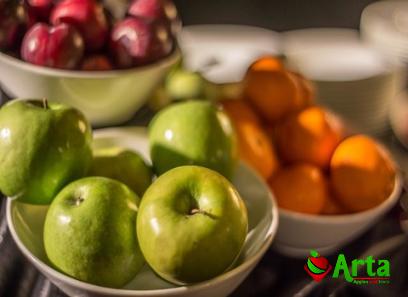
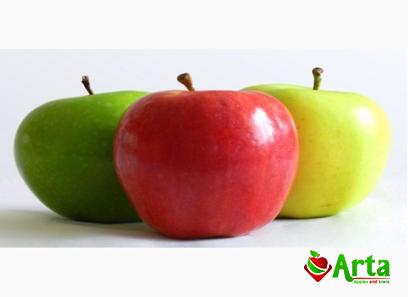
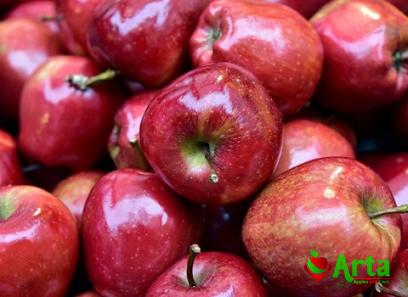
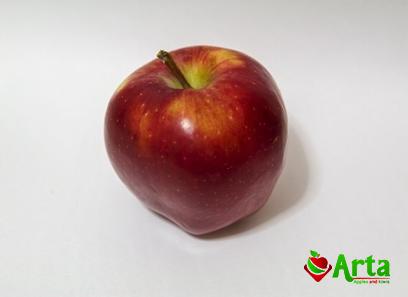
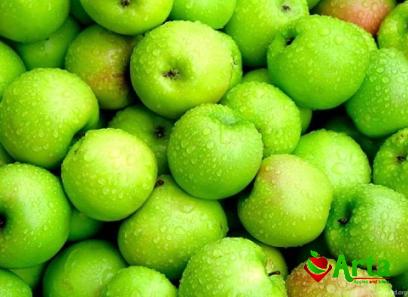
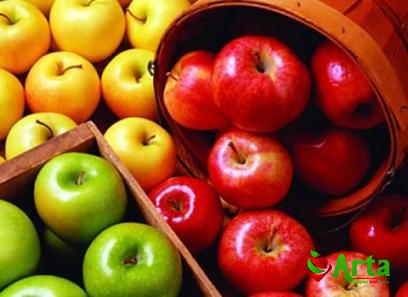
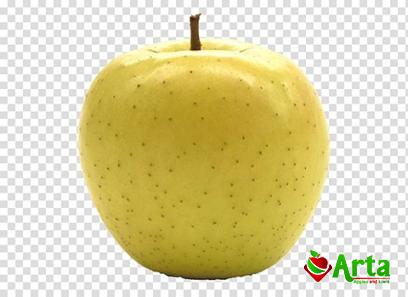
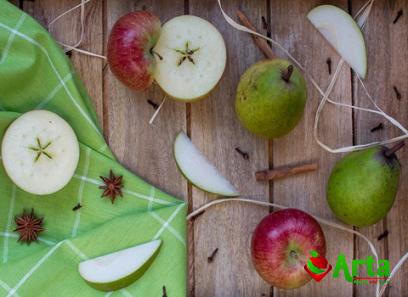
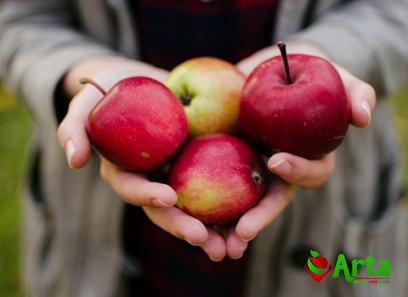
Your comment submitted.